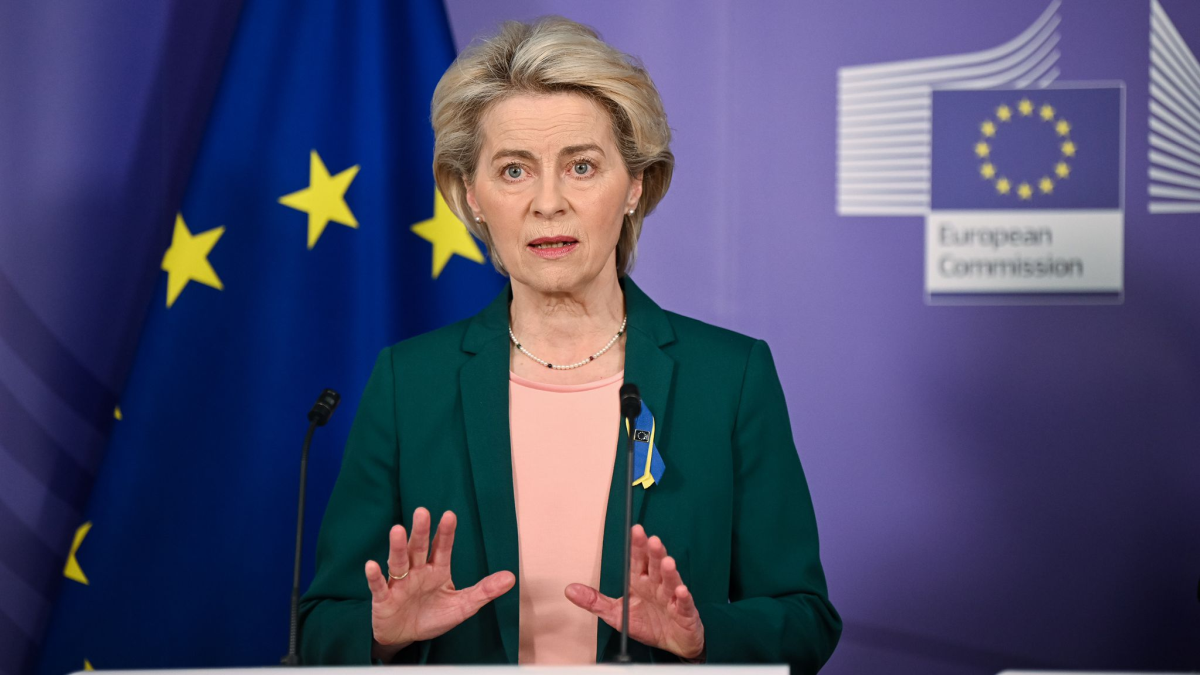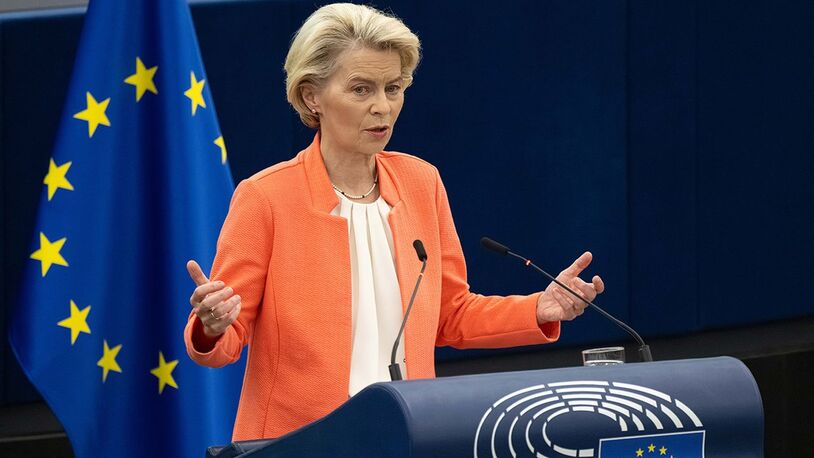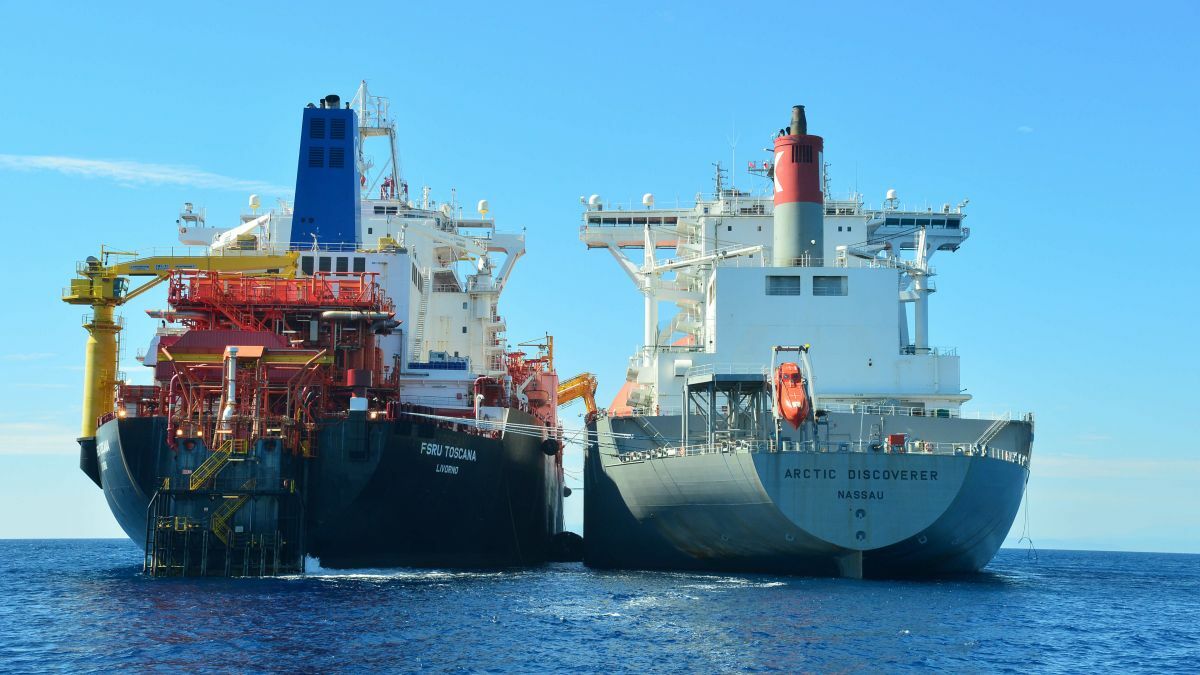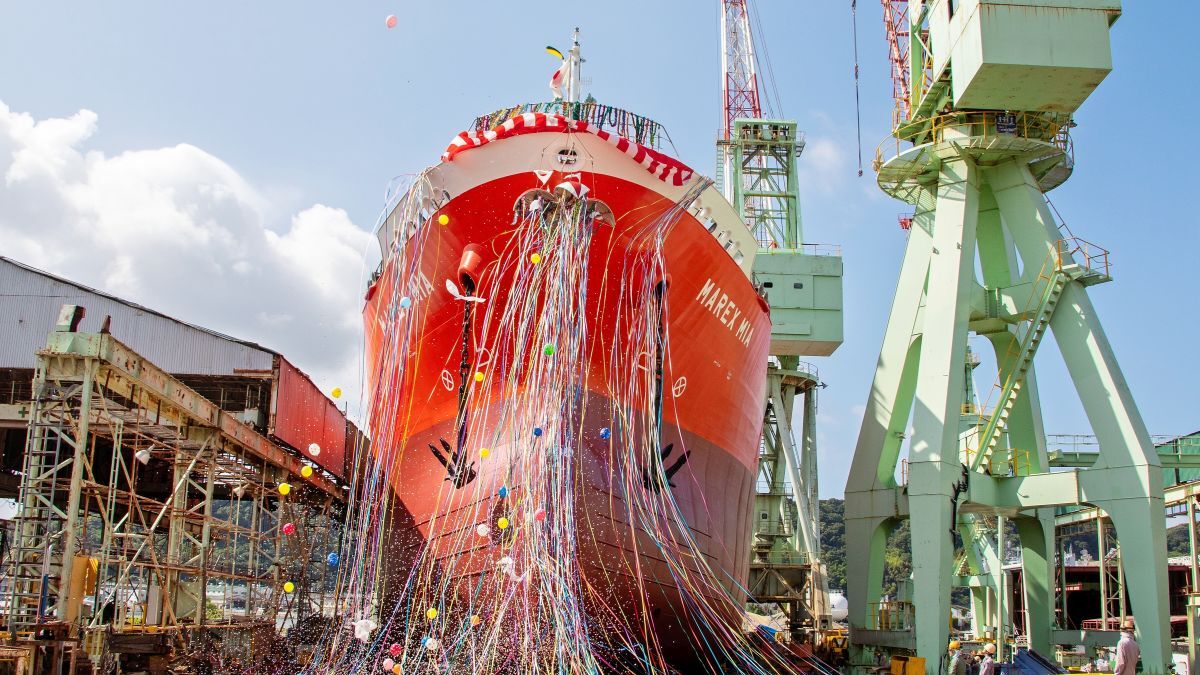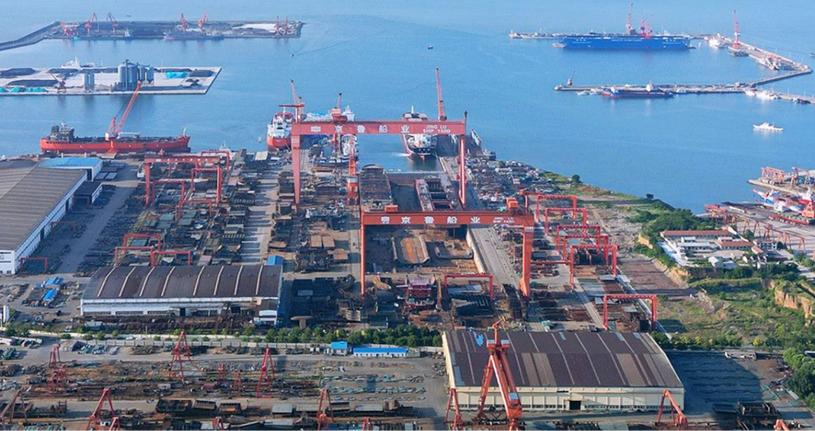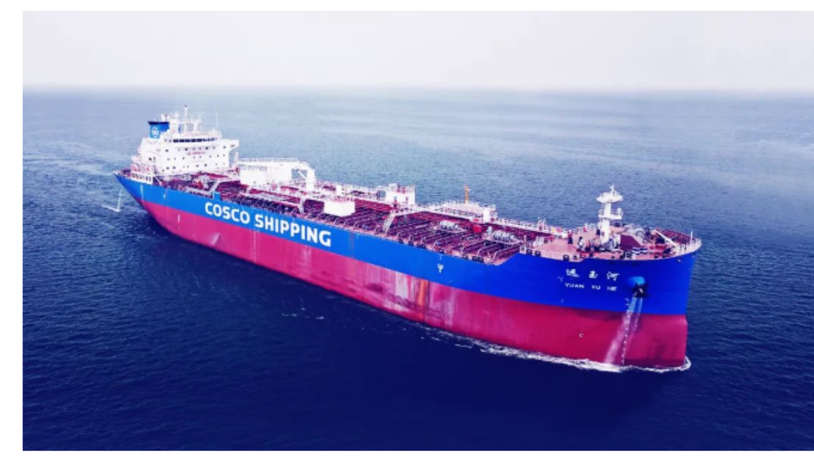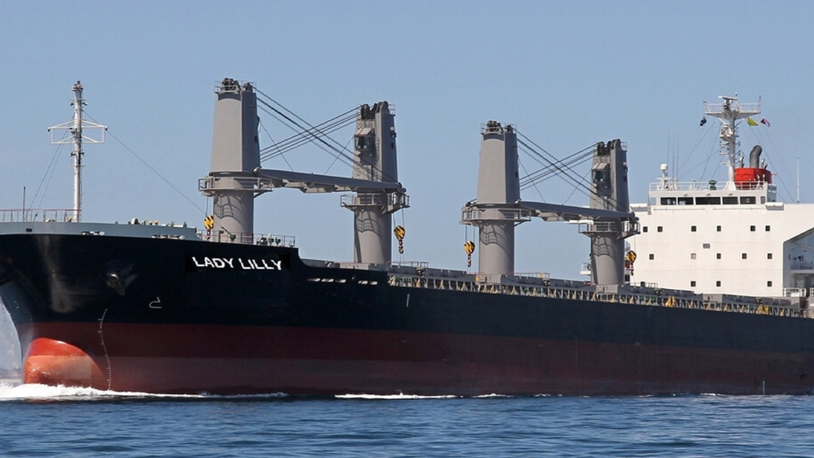Business Sectors
Contents
Poten: sanctions, conflict, thin orderbook point to strong tanker rates through 2024
’Modest’ ship orders and the trading patterns determined by Russia’s invasion of Ukraine and Western sanctions imposed in response mean high tonne-mile demand and improved rates will remain in place for at least another 18 months, the brokerage says
In retaliation for the invasion of Ukraine, the EU banned the imports of all Russian refined products starting 5 February 2023. At the same time, a global price cap was put in place by the G7 countries. This price cap bars Russian access to western shipping companies, insurers and other maritime service providers, unless the refined products are sold for $100/barrel or less. The EU import ban, in combination with the price cap was intended to keep oil products flowing, but at the same time, capping Russia’s revenues. So far, it seems those objectives are being met. According to Vortexa, Russia’s seaborne product exports averaged 1.69M b/d from January 2020 until February 2022 (the month of the invasion). Exports dipped slightly to 1.66M b/d in the 11 months between the start of the conflict and the EU product import ban. Since the EU ban and the G7 price cap were implemented, Russian product exports have actually increased. From February to June 2023, seaborne product exports from Russia averaged 1.84M b/d. After a period of self-sanctioning, the implementation of the import ban and price cap has clarified the situation for charterers and shipowners and, combined with discounted pricing for the Russian products, this may have contributed to an increase in seaborne export volumes. However, since the EU and several other OECD countries no longer import Russian oil products, the Kremlin had to find alternative customers. Who are these customers and what are the ripple effects on the global product trades. What happened to worldwide tonne-mile demand and did certain product carrier segments benefit more than others?
A review of the main changes in Russian export flows shows that exports to the EU countries like the Netherlands, France, Belgium, Germany and Poland as well as to the United Kingdom fell away after the ban. These EU countries now need to source more of their refined products from other countries. Almost half of Europe’s imports consist of diesel/gasoil and Russia was its primary source. Since February 2023, Europe has imported more diesel from Saudi Arabia, India and the United States. This shift away from Russia to other sources of supply has significantly increased European tonne-mile demand.
Russia has been successful in finding alternative clients for its refined products. Countries that boosted imports from Russia this year include Turkey, Brazil, Nigeria and Ghana as well as nations in the Middle East (UAE and Saudi Arabia in particular. Some of these countries, like Turkey, Saudi Arabia and the UAE boosted imports as well as exports, which indicates they benefited from a price arbitrage where they bought discounted Russian refined products and sold their own output at (higher) world market prices. Additional purchases from West African countries may have been driven by the discounted pricing of the products. In 2023, Ghana and Nigeria imported the majority of their refined petroleum products from Russia. In prior years, they imported almost nothing from Russia. Russian product shipments seem to have replaced barrels from the UAE and the United States. Brazil grew its imports from Russia at the same time as it reduced product purchases from the United States, traditionally its largest supplier. Russia’s new customers are located further away than its traditional clientele (Europe) and this also boosted tonne-mile demand for product carriers.
The sanctions imposed on Russia since its invasion of Ukraine has led to a notable increase in global tonne-mile demand for product carriers. Some of the initial dislocations in the market have been ironed out, but trade sanctions (especially those involving such a major player) always lead to market inefficiencies. Owners of product tankers have benefited from this development as freight rates from Handys up to LR2s all reached post-pandemic highs in 2022. While rates have softened somewhat in 2023 to date, they remain strong from a historical perspective.
There is no sign that a resolution to the conflict in Ukraine is close and even when the parties reach a ceasefire and stop the hostilities, we don’t expect the world to revert to the prewar trading patterns for a while. The orderbook for delivery in 2023 and 2024 remains modest for all product tanker segments, even though there has been an uptick in orders for delivery in 2025 and beyond. Therefore, tonne-mile demand and rates for product tanker will remain strong at least through 2024.
*This analysis first appeared on Poten & Partners website.
Sign up for Riviera’s series of technical and operational webinars and conferences in 2023:
- You can register to attend by visiting our events page.
- Watch recordings from all of our webinars in the webinar library.
Related to this Story
Events
Offshore Support Journal Conference, Americas 2025
LNG Shipping & Terminals Conference 2025
Vessel Optimisation Webinar Week
© 2024 Riviera Maritime Media Ltd.


